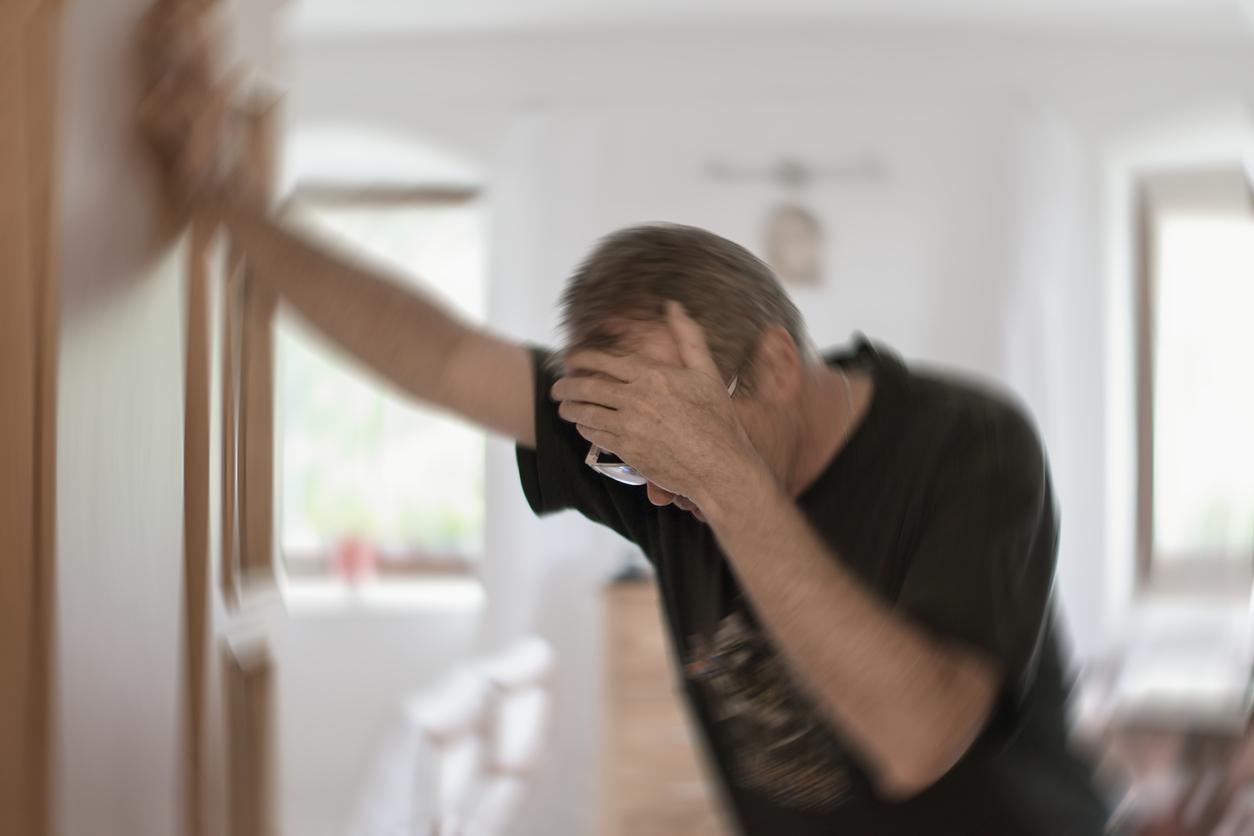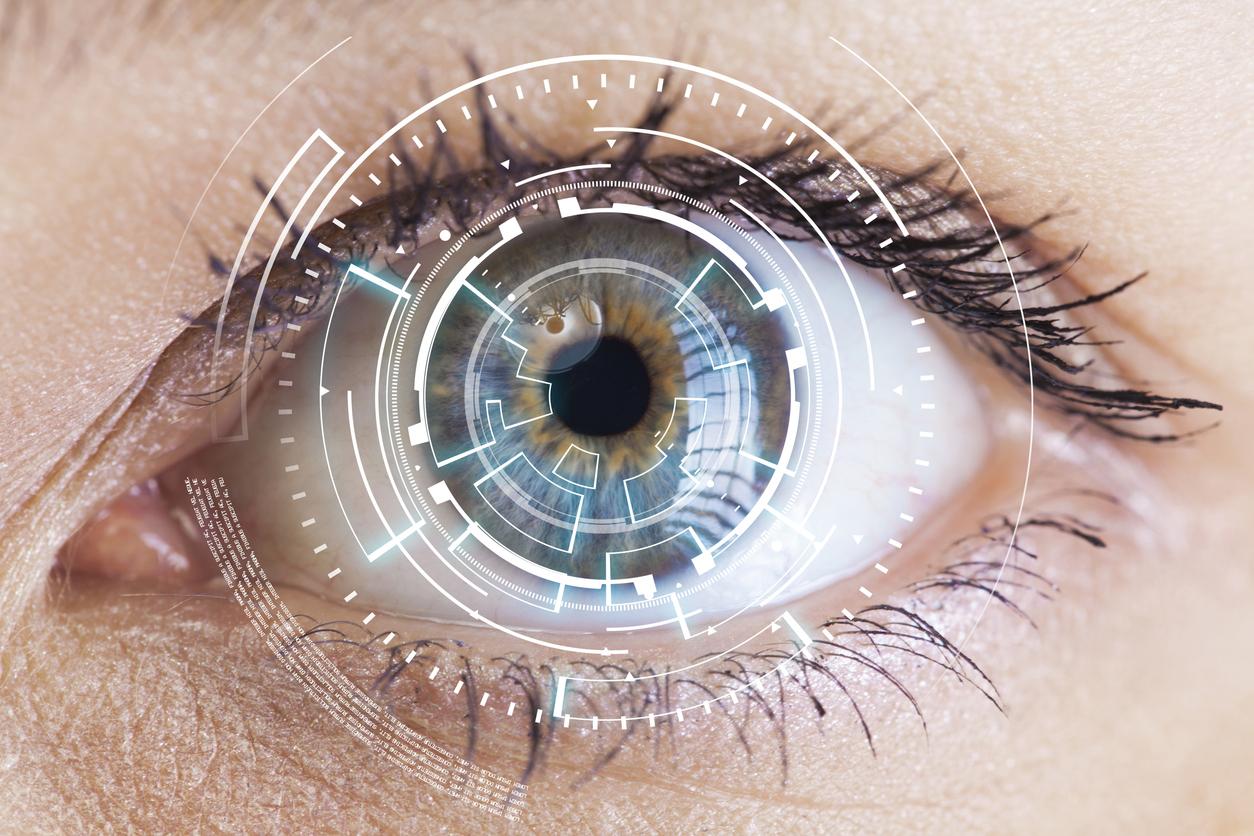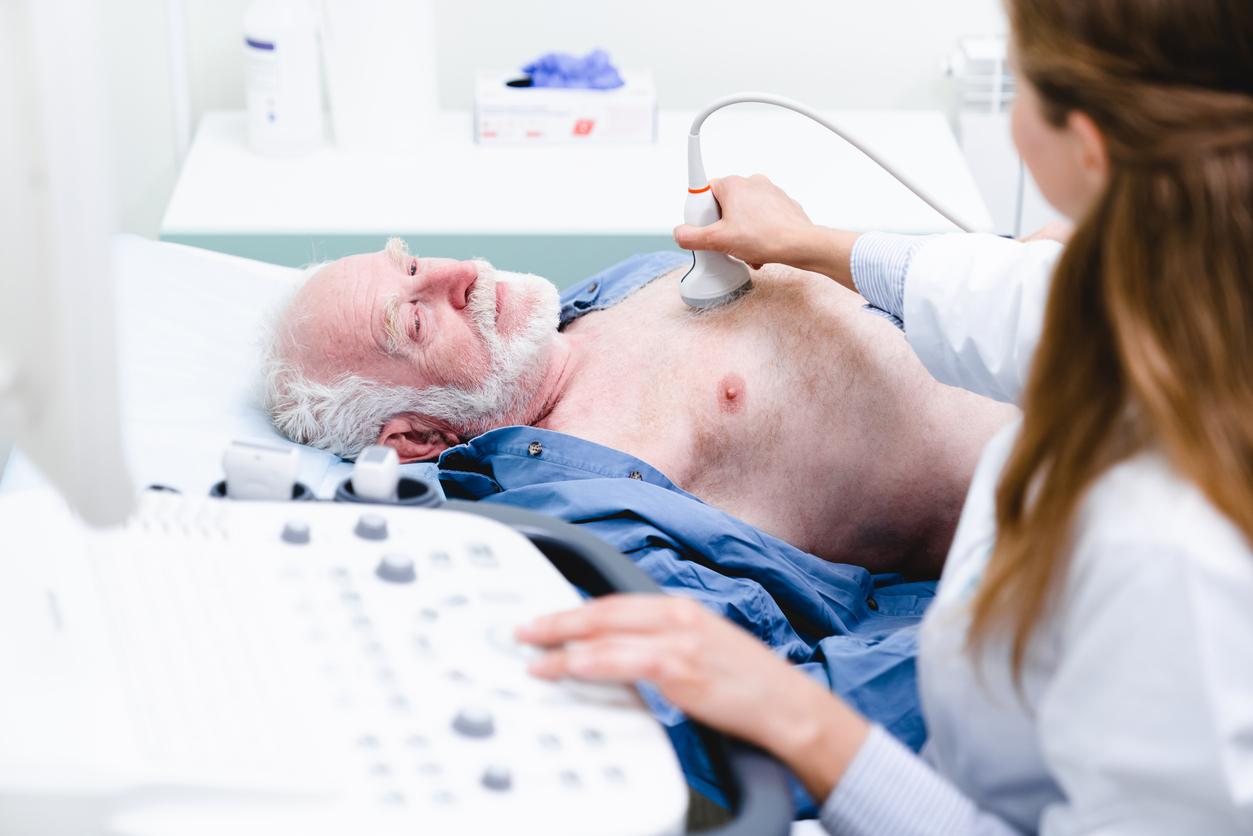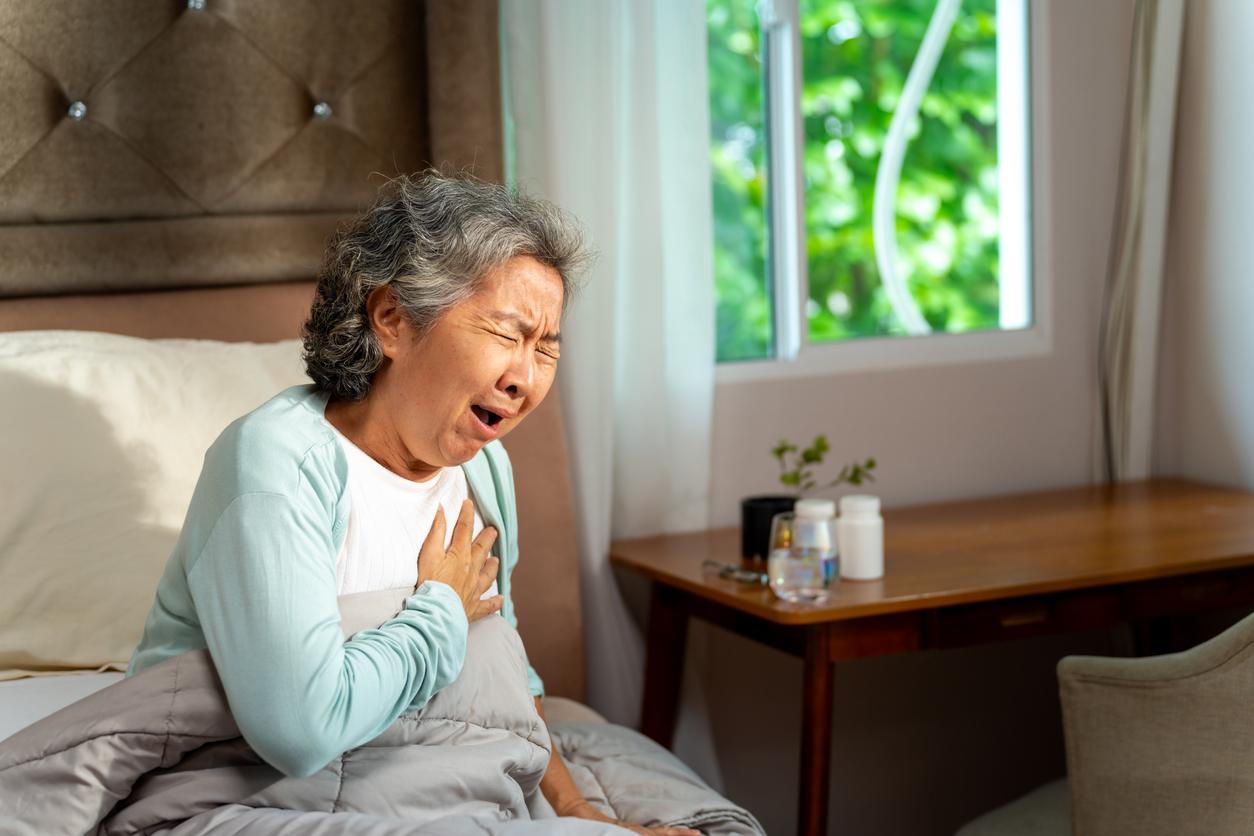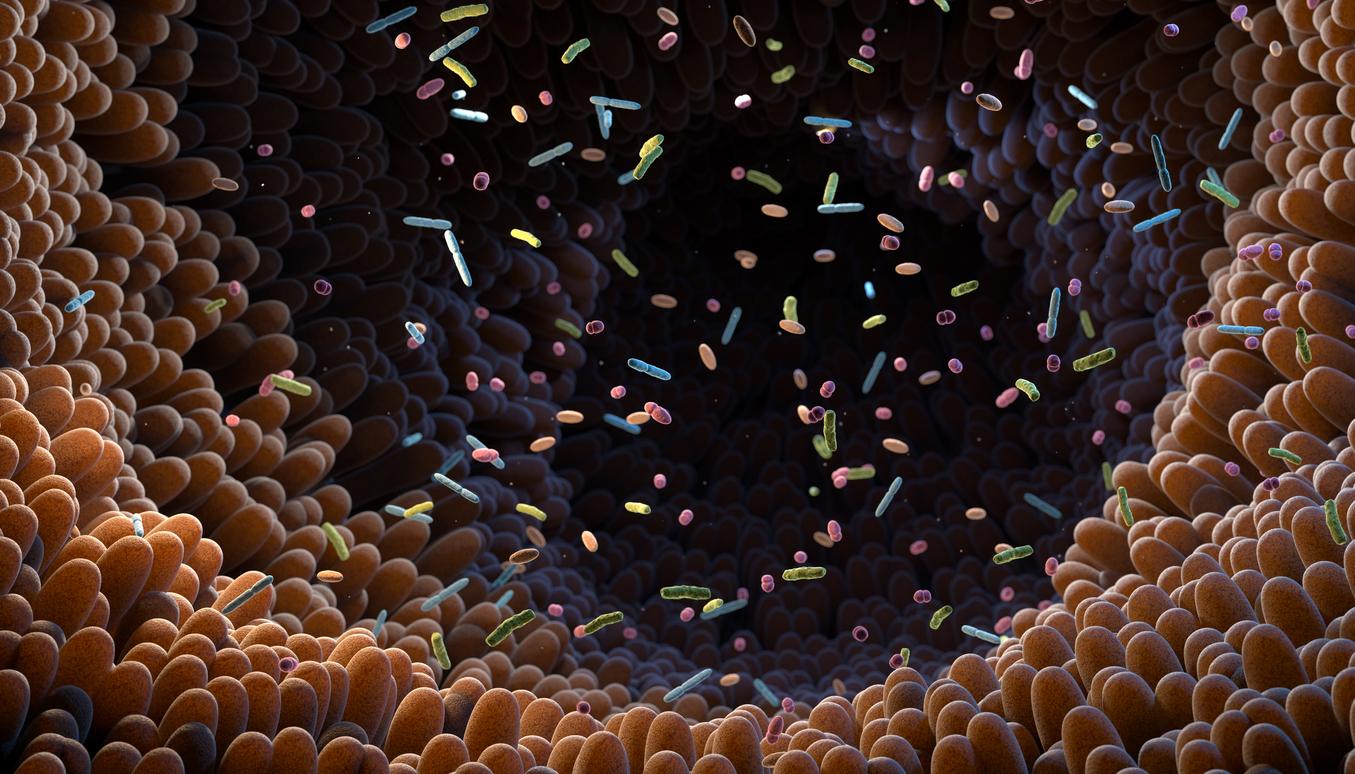VIDEO – After a stroke, too few patients have access to specialized care. In emergency or in rehabilitation, the offers are disparate according to the territories.

To be cold in the back. In 2015, 116,000 people had a stroke in France. But only half of them had access to a unit specializing in handling these events. Inequalities are even heavier in certain regions, indicates the Drees (1) in a report. Departments and overseas regions are particularly disadvantaged.
On French territory, 135 neurovascular units (UNV) are in activity. All are dedicated to the management of strokes. This is major progress. In 2005, only 21 such services existed. But not all the victims took advantage.
Ubiquitous disparities
In 2015, 47% of patients were hospitalized in UNV after a stroke. It’s not enough. In some regions, the picture is even bleaker. In Guyana and Mayotte, this type of care is “rare”, according to the admission of Drees. The gap is all the more glaring in Reunion Island, 59% of victims are admitted to a neurovascular unit.
In Metropolitan France, the differences are less marked but remain significant. Thus, Hauts-de-France is distinguished by a high rate of hospitalization in UNV (69%). Conversely, in the PACA region, less than a third of patients benefit from this care.

Source : DREES
The disparities are such that at the departmental level, an abyss separates the components of the same region. In Nouvelle-Aquitaine, 54% of people have access to a UNV after a stroke. But in Corrèze, only 12% of patients can claim.

Not enough rehabilitation
Aftercare and rehabilitation do little to correct the equation. The official recommendations are clear: the offer must be adapted according to the severity of the sequelae of the stroke and their nature. But in the three months following the incident, less than 4 in 10 patients benefited from it.
Here again, residents of Guyana and Mayotte are clearly disadvantaged: 12% and 6% have taken advantage of SSR. In Metropolitan France, Corsica, Normandy and Hauts-de-France are distinguished by too little access.
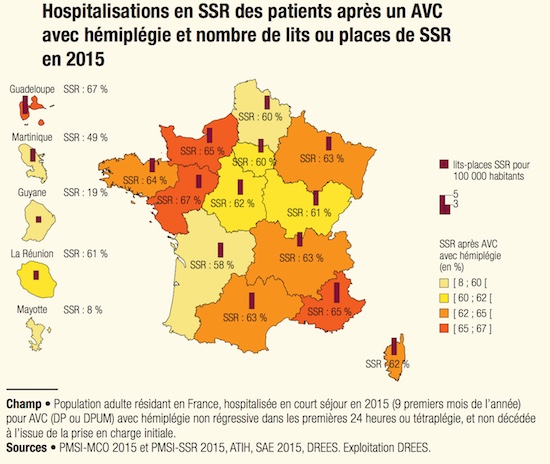
Source : DREES
Some victims are a little less harmed than others. 62% of those with hemiplegia enter follow-up and rehabilitation care. For others, the consequences are known. Stroke is a major cause of disability in France. It is also the second leading cause of dementia after Alzheimer’s disease. It could be avoided.
(1) Drees: Department of research, studies, evaluation and statistics
Find the program L’invité santé by Pourquoidocteur
with Drs Anne-Laure Laprérie and Anne Léger
broadcast on May 11, 2017
.







